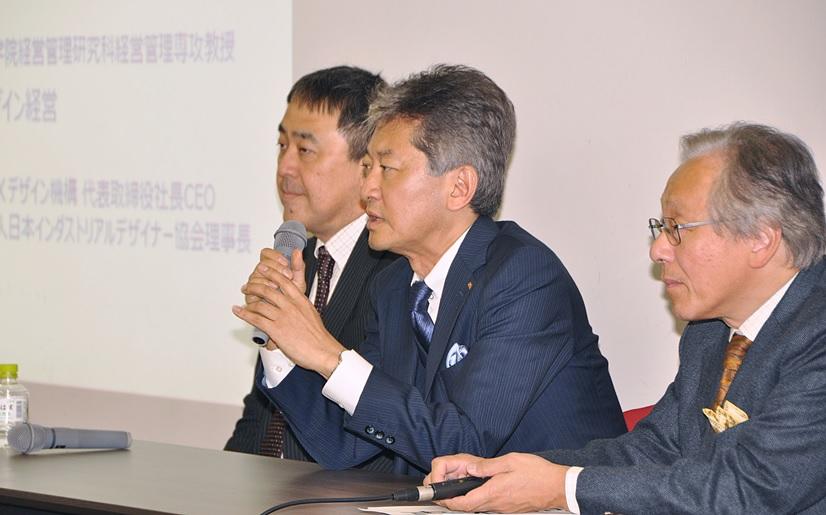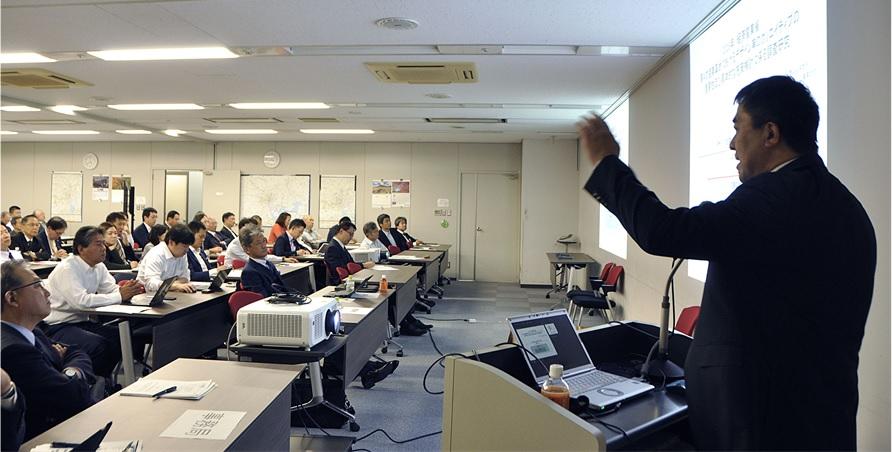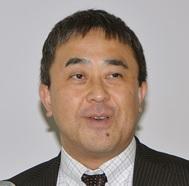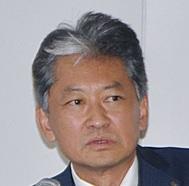Design, Transportation and Business Management
- Seminar
- Railways and Railway and Area Development
- Maritime
- New Technology and Innovation
The 63th Transport Policy Seminar
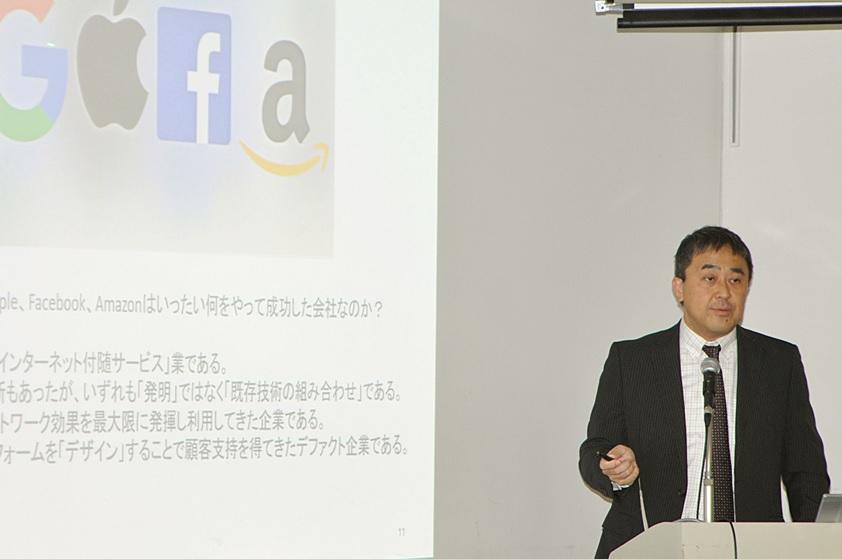
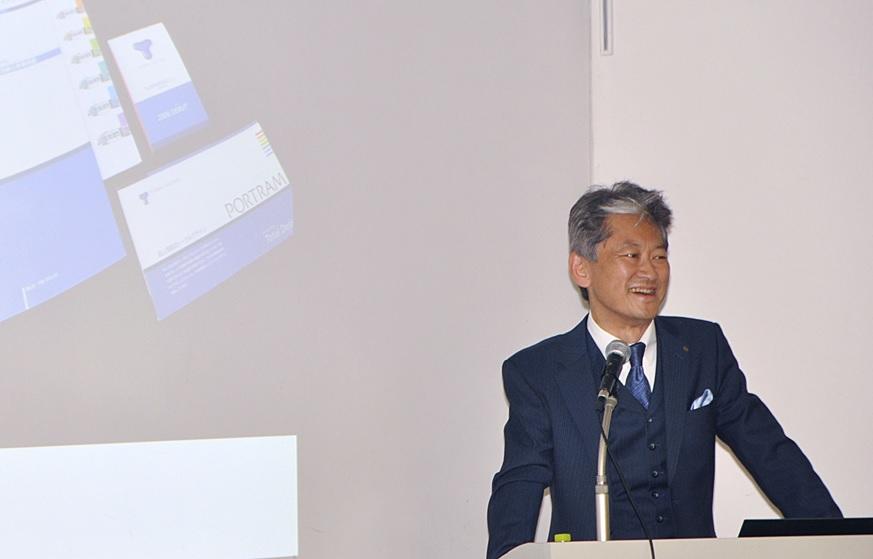

| Date / Time | Wed, Oct 30,2019 16:00~18:00 |
|---|---|
| Venue | Japan Transport and Tourism Research Institute (JTTRI) (Tokyo) |
| Event Number | The 63rd |
| Theme | Design, Transportation and Business Management |
| Lecturer | Lecturer 1: Necessity of Design Management Yuichi Washida Professor, Graduate School of Business Administration, Department of Business Administration, Faculty of Commerce and Management, Hitotsubashi University. Lecturer 2: Transportation Environment and Design Management Kazuo Tanaka President and CEO, GK Design Group, Inc. President, Japan Industrial Designer’s Association |
Event Summary
In this seminar, regarding design in the transportation field, Professor Washida, Graduate School of Hitotsubashi University, gave a lecture on design, management and marketing strategies, and Mr. Tanaka, President and CEO, GK Design Group, Inc. gave a lecture on new transportation environment designs based on abundant cases.
Program of the seminar is as the following
| Opening Remarks 1 |
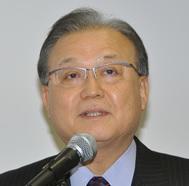
Masafumi Shukuri |
|---|---|
| Opening Remarks 2 |
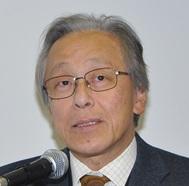
Hirotaka Yamauchi |
| Lecturer 1 | |
| Lecturer 2 | |
| Question and Answer |
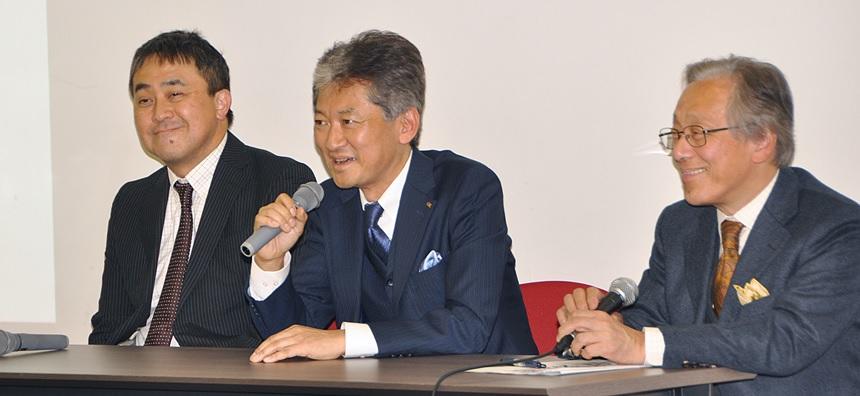
|
| Closing Remarks |
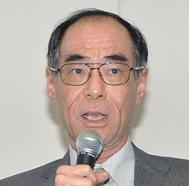
Yoshinobu Sato |
Outline of the seminar
In this seminar, Professor Washida gave a lecture on “Necessity of Design Management”.
The points are as follows.
・The word “design” used in everyday life has a strong meaning of “design in a narrow sense (design, user interface, etc.)”, but it includes a
broader meaning such as “broad sense design (user experience, overall product / service)” and
“management design (business model, ecosystem)”.
・Companies with a wider definition of design tend to have higher operating profits and greater expectations for designer’s management
capabilities.
In Japan, it is difficult to realize the “innovation” that “designers” think about, because managers consider design as a target for cost reduction.
・In fact, the “internet-related service”, which is the largest growth rate in the information industry market, is expected to have the ability to
“design” customer contact points, and that is the responsibility of design personnel in Europe, the United States and China. Only in Japan,
there is a problem that design personnel and information technology personnel are almost separated.
・“Design” in the most upstream process of management does not mean simply colors or shapes, but an insight to see "what and how is
needed in society." , which later becomes a source of strong network effects. ・It is said that “designers” have a strong ability to find
“one solution” before others by a method that is not deduction. It is an abduction of inductive induction and deductive thinking.
Next, Mr. Tanaka gave a lecture on the theme of “Transportation Environment and Design Management.” The points are as follows.
・Various perceptions of today's “design” range from 20th century narrow design to 21st century broad design. ・The effect of “design
management” is to improve brand + innovation, which is to improve corporate competitiveness. In the transportation sector, it is
“creation of route brand” and “creation of customer experience”.
・Design thinking is the “imagination process” of “observation ability” ⇒ “problem finding ability” ⇒ “imagination ability” ⇒
“visualization ability (sharing cognition)”, and “modeling ability” such as individualized shaping is “Classic design”.
The management design includes these “observation ability” to “modeling ability”.
・As a concrete example, the usefulness of the design of the railroad car and Toyama Light Rail for which the total design was done,
and the newly built ship Sea Paseo as a case of the ship were shown.
In the second half of the Q &A session, there were lively discussions with various opinions and questions such as quantitative evaluation of design and human resource development in the design field.
On the day of the seminar, there were over 90 participants from research institutes such as universities, the Ministry of Land, Infrastructure, Transport and Tourism, transportation companies, consultants, manufacturers, etc.
